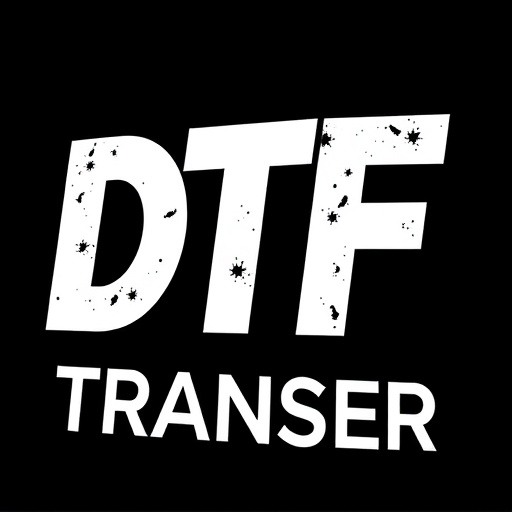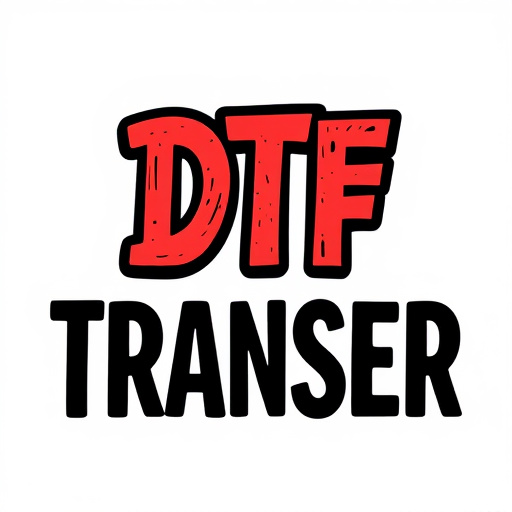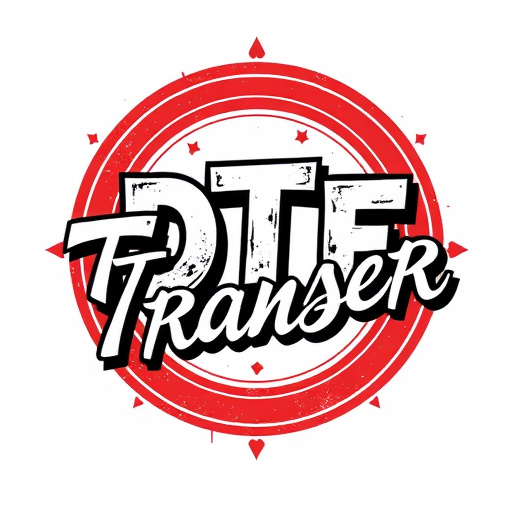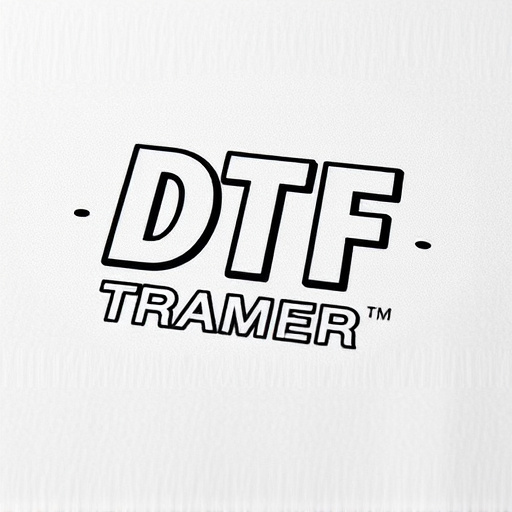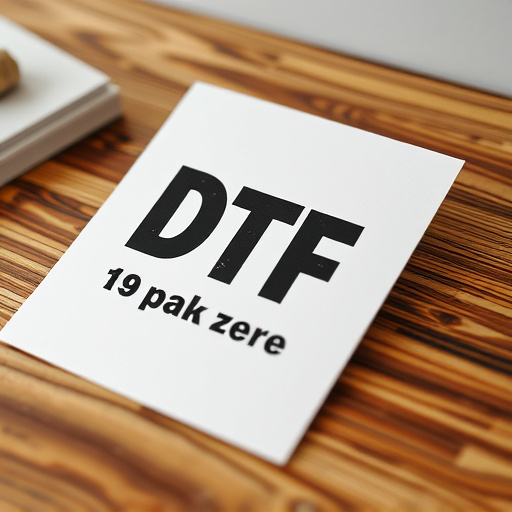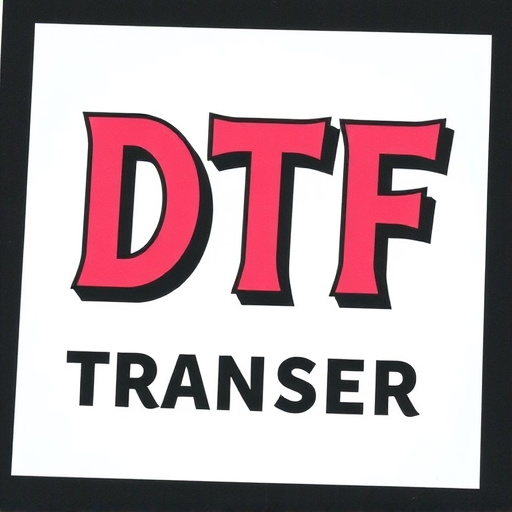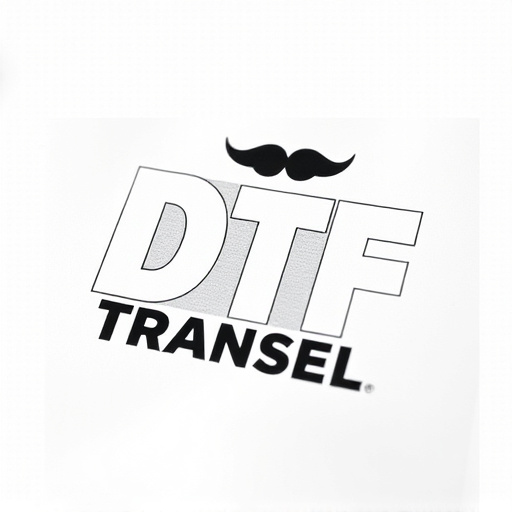Direct-to-film (DTF) transfers are revolutionizing printing by enabling high-quality image creation directly on various surfaces, eliminating traditional intermediate steps. This technology is versatile, catering to diverse business needs from promotional materials to custom product labeling, and handles various film types and print sizes, making it ideal for high-volume production runs. DTF offers swift production speed, consistent print quality, and cost-effectiveness, positioning it as a game-changer in fast-paced operations. The key to successful DTF implementation lies in prioritizing speed, precision, and compatibility with existing infrastructure, while robust Quality Assurance and Control (QAC) measures ensure print consistency across large-scale production runs. DTF transfers have proven their worth across retail, events, and signage sectors, enhancing business growth and customer engagement.
Direct-to-film (DTF) transfers are transforming high-volume business operations by offering efficient and cost-effective printing solutions. This article provides a comprehensive guide to understanding DTF technology, its advantages for businesses, and the selection of appropriate transfer methods.
We explore the entire process, from design to final DTF prints, emphasizing quality control measures. Additionally, real-world case studies demonstrate successful DTF implementations across diverse industries, showcasing its versatility and impact. Discover how DTF transfers are revolutionizing printing for businesses seeking high-speed, reliable results.
- Understanding Direct-to-Film (DTF) Transfers: A Comprehensive Overview
- Benefits of DTF for High-Volume Business Applications
- Choosing the Right DTF Transfer Technology
- The Printing Process: From Design to Final DTF Prints
- Quality Assurance and Control in DTF Transfer
- Case Studies: Successful DTF Implementation in Various Industries
Understanding Direct-to-Film (DTF) Transfers: A Comprehensive Overview

Direct-to-film (DTF) transfers are a cutting-edge printing technology revolutionizing the way businesses create and reproduce high-quality images on various surfaces, including film. This innovative process eliminates traditional intermediate steps, enabling direct application of designs onto the desired medium. With DTF, prints are achieved through a precise and efficient transfer method, ensuring exceptional clarity and durability.
DTF transfers offer unparalleled versatility, catering to diverse business needs, from promotional materials and branding to custom product labeling. The technology’s ability to handle a wide range of film types and print sizes makes it suitable for high-volume production runs, ensuring consistent quality and saving businesses time and resources. DTF Printing has become an indispensable tool for companies seeking efficient, cost-effective solutions without compromising on visual impact.
Benefits of DTF for High-Volume Business Applications
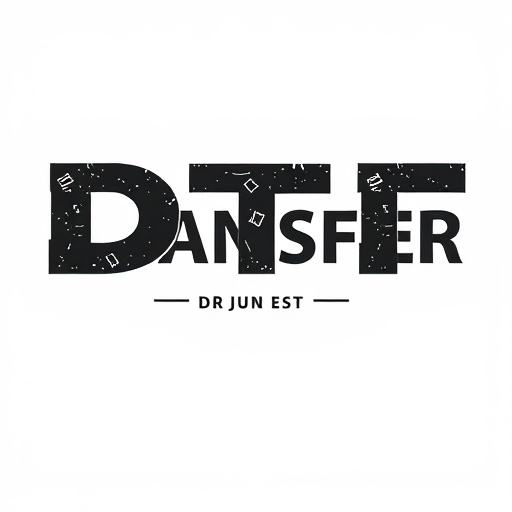
Direct-to-film (DTF) transfers offer significant advantages for high-volume business applications. One of its key benefits is speed and efficiency; DTF printing allows businesses to produce large quantities of prints swiftly, meeting the demands of fast-paced operations. This method also ensures consistency in print quality, as the film acts as a stable medium, delivering accurate and vibrant DTF prints every time.
Additionally, DTF transfers are cost-effective for bulk production. By eliminating the need for intricate setup processes and specialized equipment, businesses can reduce overhead costs associated with traditional printing methods. This makes DTF an attractive option for companies seeking to maximize their output while maintaining a healthy bottom line.
Choosing the Right DTF Transfer Technology
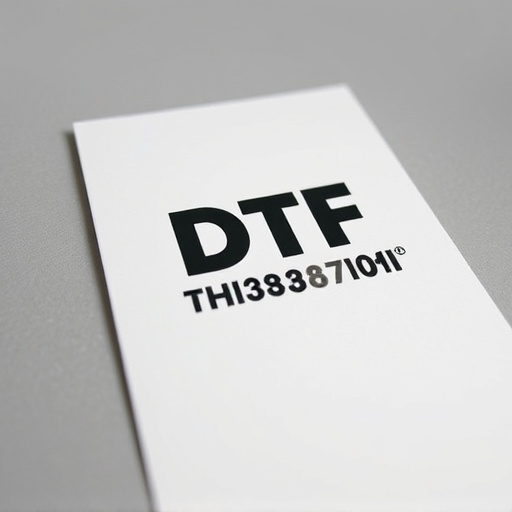
When selecting a direct-to-film (DTF) transfer technology for high-volume business applications, it’s crucial to consider factors like speed, precision, and compatibility with your existing infrastructure. Modern DTF systems employ various technologies, such as laser printing, inkjet printing, or thermal transfer, each offering distinct advantages. For example, laser printing excels in delivering fast, high-resolution prints suitable for detailed designs, while inkjet printing provides vibrant colours and fine detail, ideal for promotional materials.
Choosing the right DTF method involves evaluating your specific business needs. If speed is paramount, opt for technologies that can handle high print volumes efficiently. For applications requiring precise colour matching or intricate patterns, advanced inkjet or laser systems with specialized settings may be more suitable. Additionally, consider the compatibility of the chosen DTF transfer technology with your desired film types and post-printing finishing processes to ensure optimal results in your high-volume operations.
The Printing Process: From Design to Final DTF Prints
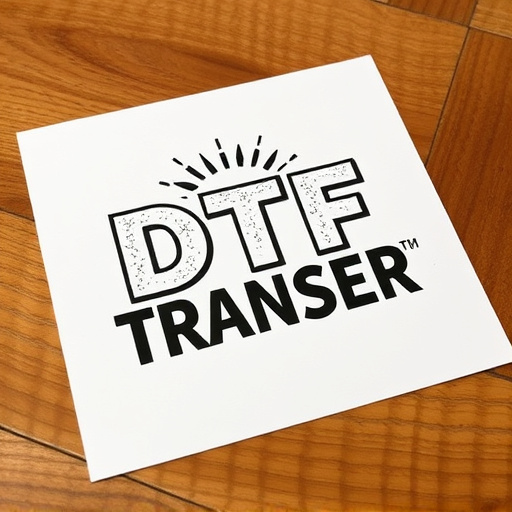
The direct-to-film (DTF) transfer process is a cutting-edge technology that streamlines the journey from design to final prints, catering specifically to high-volume business needs. It begins with the digital design phase where artists and graphic designers create or upload artwork using specialized software. This design is then meticulously converted into a format compatible with DTF printing machines.
Once the design is ready, it undergoes a precise printing process. The DTF printer applies ink directly onto a transparent film, layer by layer, ensuring vibrant and accurate color reproduction. The printed film is then carefully cured using UV light to set the ink instantly. After curing, the film is precisely cut to match the desired design, allowing for intricate details and clean lines. This process revolutionizes traditional printing methods, enabling businesses to produce high-quality, custom prints at a rapid pace, perfect for various applications including signage, merchandising, and promotional materials.
Quality Assurance and Control in DTF Transfer
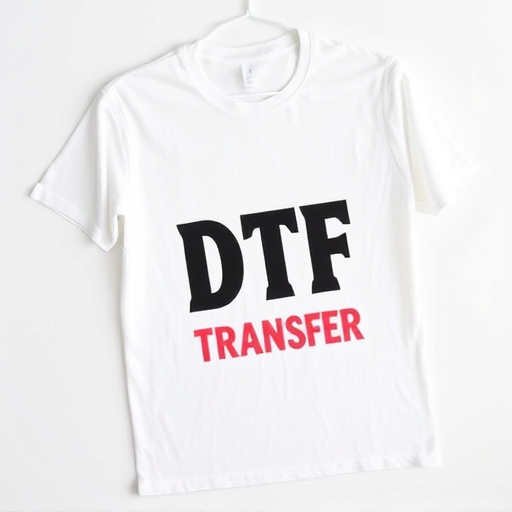
Direct-to-film (DTF) transfers for high-volume business use demand stringent Quality Assurance and Control (QAC) measures to maintain print consistency and accuracy. The process involves transferring intricate designs onto various materials, from clothing to signage, requiring precision at every stage. QAC protocols in DTF involve regular testing of printing equipment, ink consistency, and material compatibility to ensure optimal results across large-scale production runs.
These protocols encompass visual inspections for print quality, color accuracy, and detail retention, along with dimensional checks to verify the size and shape of prints meet specifications. Automated quality control systems can also be integrated into DTF workflows, leveraging technology like digital imaging and data analysis to detect defects or variations early in the process, enabling quick corrections and minimizing waste. Effective QAC ensures that every DTF print meets high standards, delivering consistent, professional results for businesses demanding reliable, high-volume printing solutions.
Case Studies: Successful DTF Implementation in Various Industries

Direct-to-film (DTF) transfers have found their place in a variety of industries thanks to their efficiency and versatility. Case studies show that DTF printing is transforming businesses across sectors, from retail and advertising to events and signage. For example, in retail, DTF allows for dynamic window displays and eye-catching product labeling, enhancing customer experience and boosting sales.
In the events industry, DTF transfers are used to create personalized merchandise, from t-shirts to mugs, quickly and cost-effectively. This not only enhances brand visibility but also fosters a sense of community among attendees. Similarly, in signage, DTF Printing enables businesses to produce high-quality, durable signs tailored to specific needs, whether for indoor or outdoor use. These applications highlight the versatility and effectiveness of DTF Transfer technology in driving business growth and improving customer engagement.
